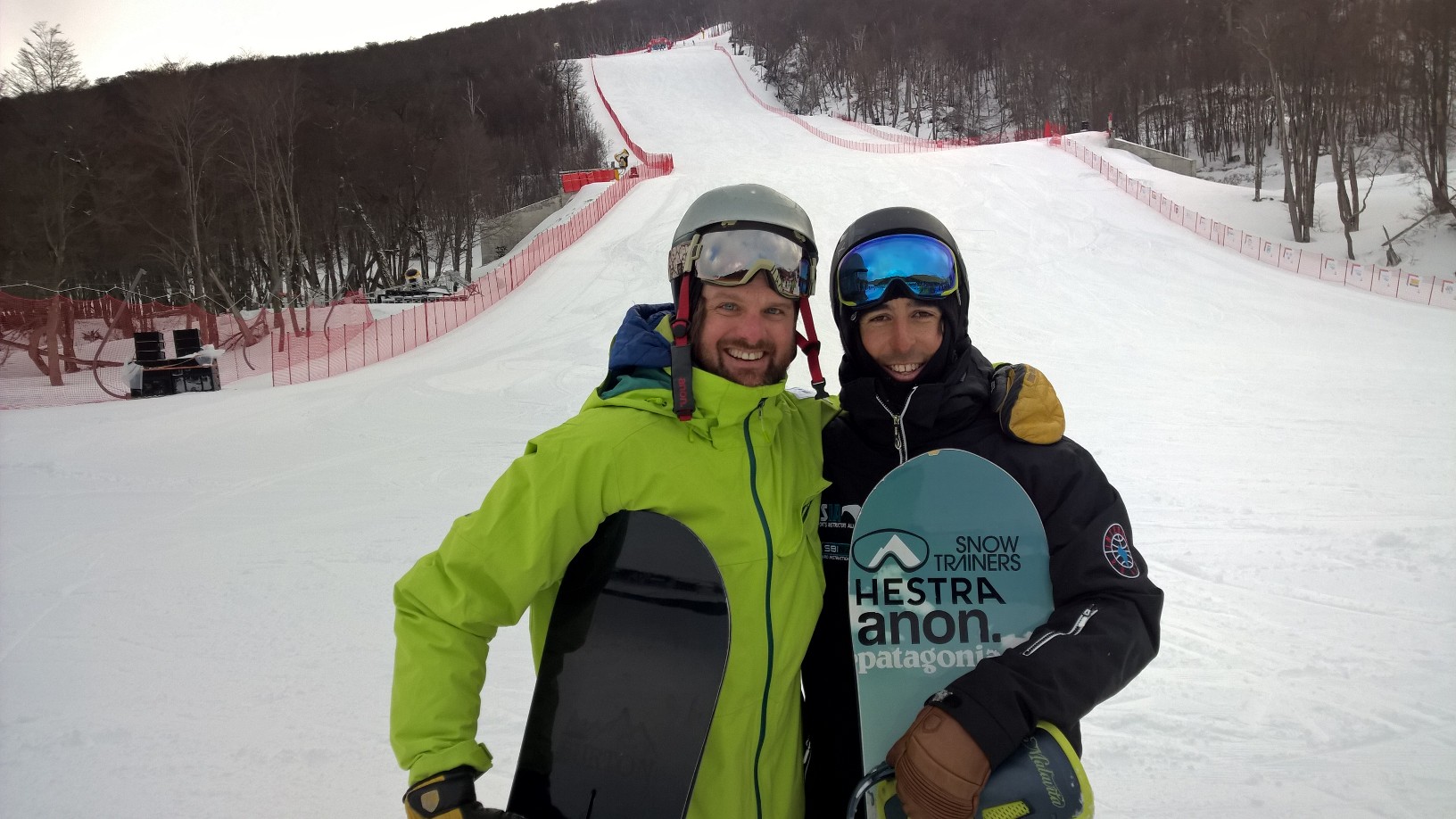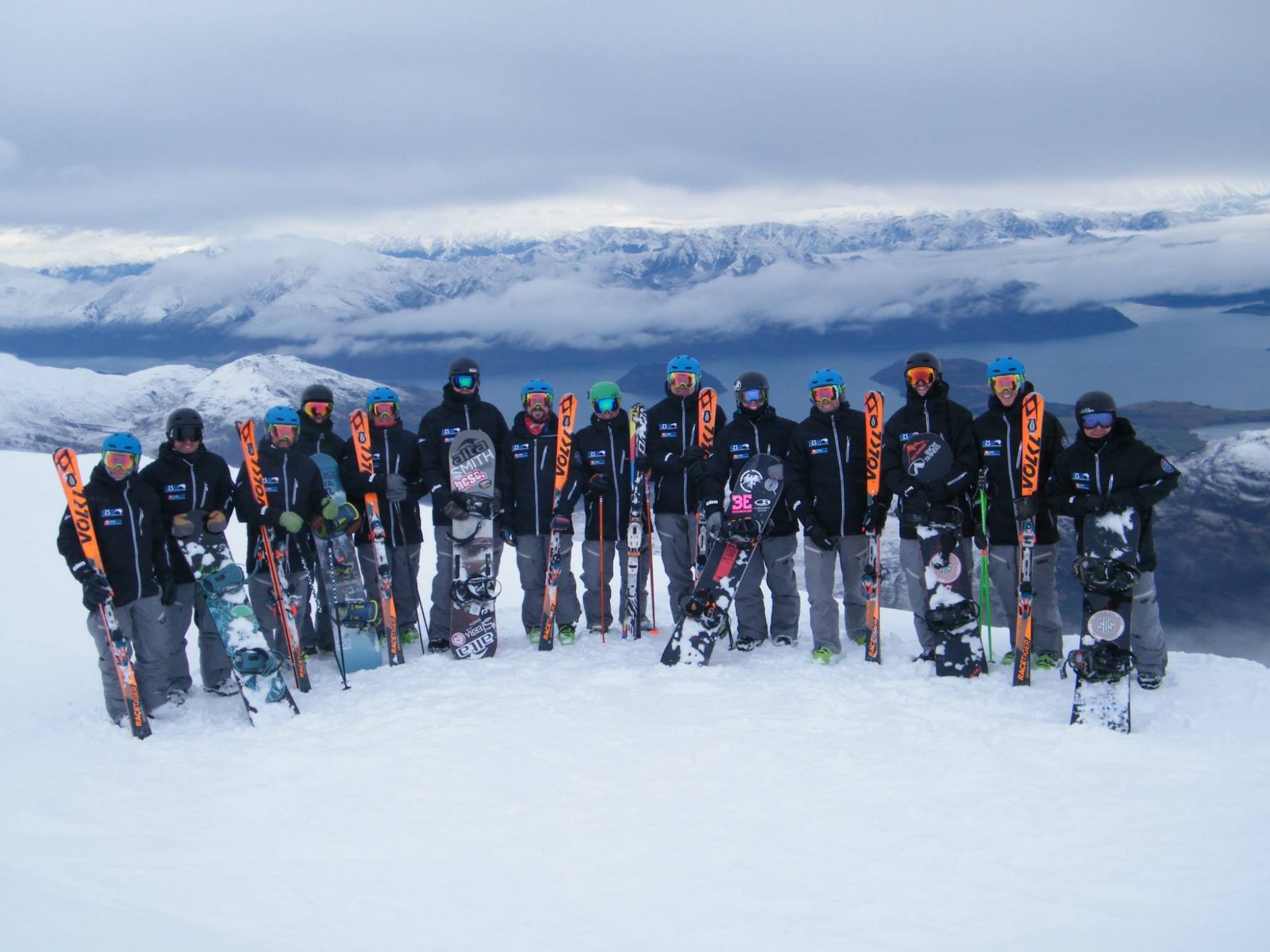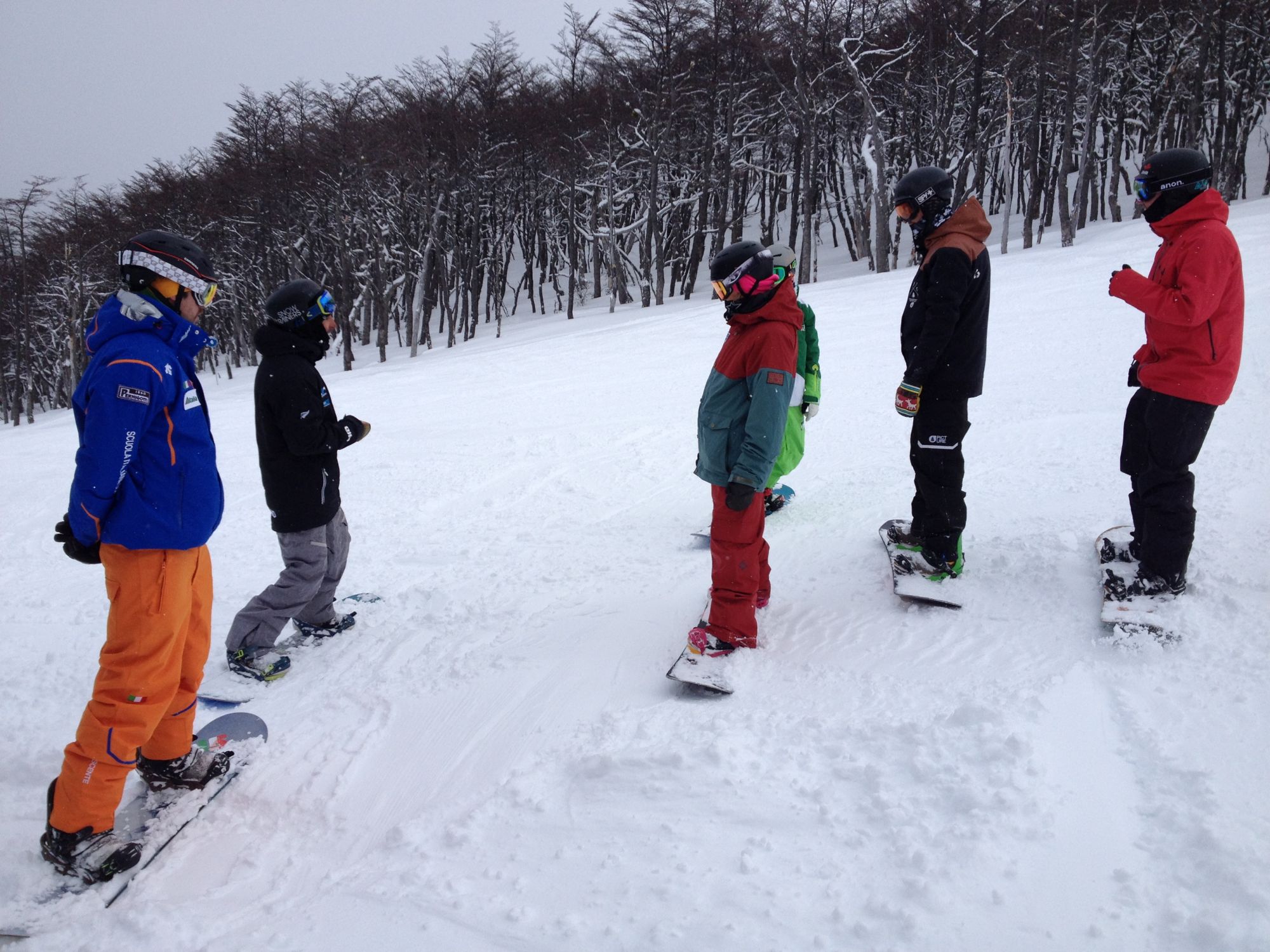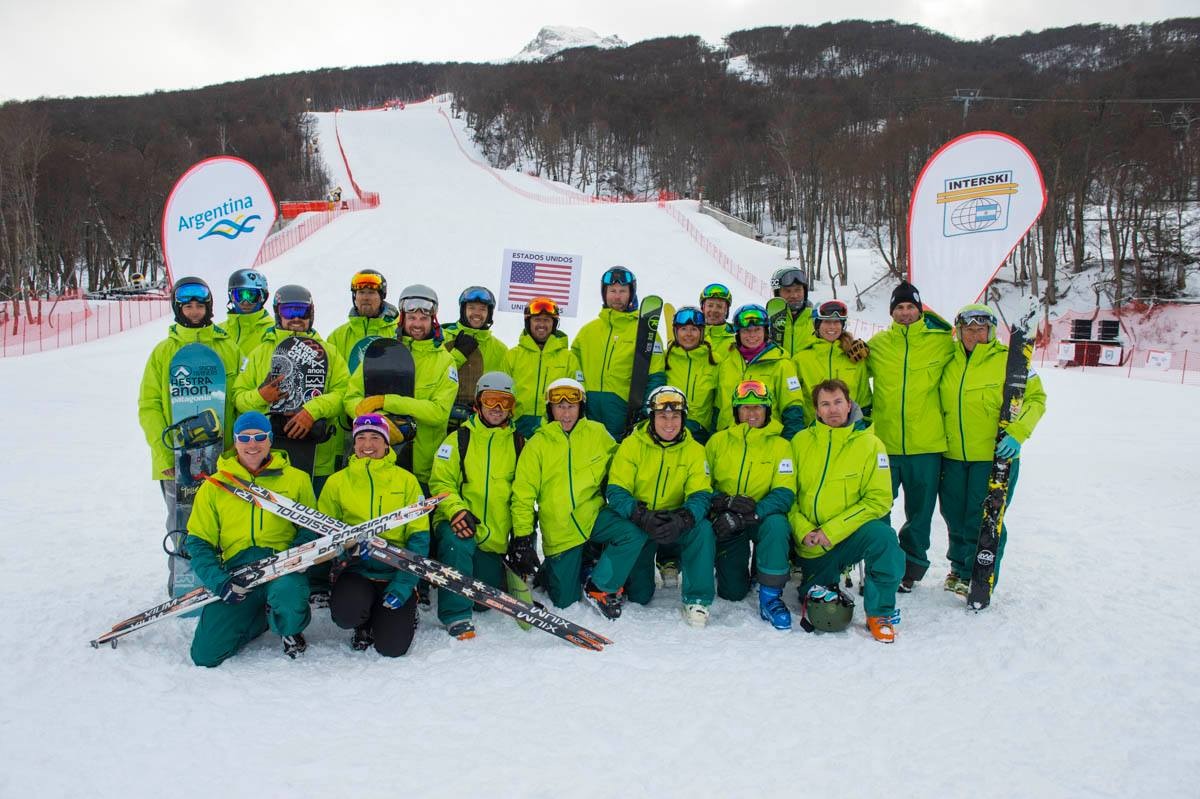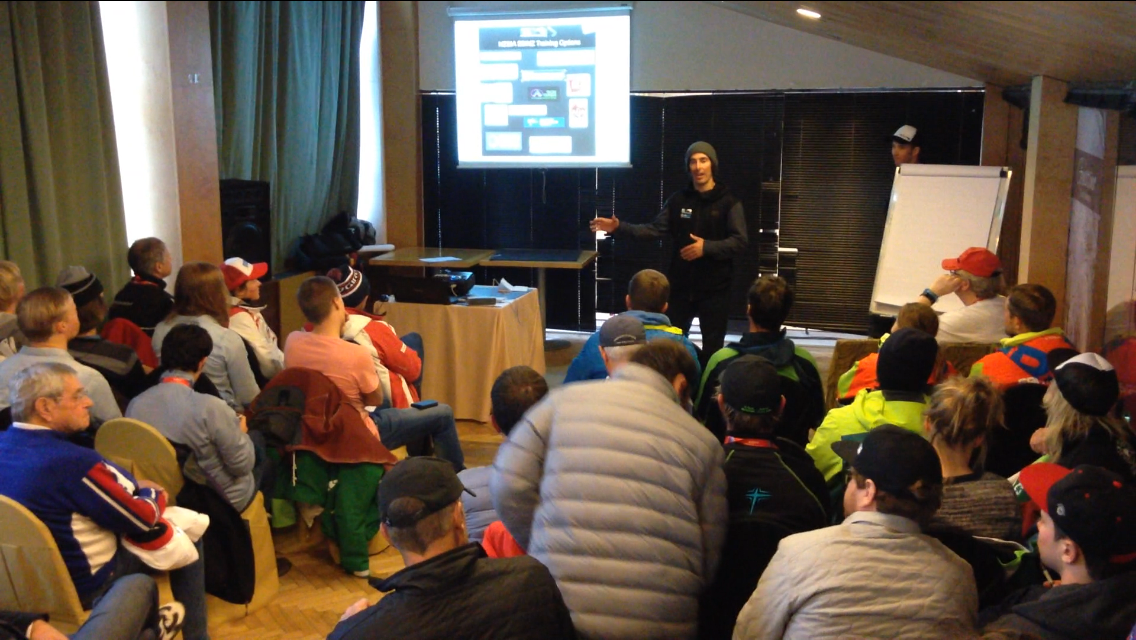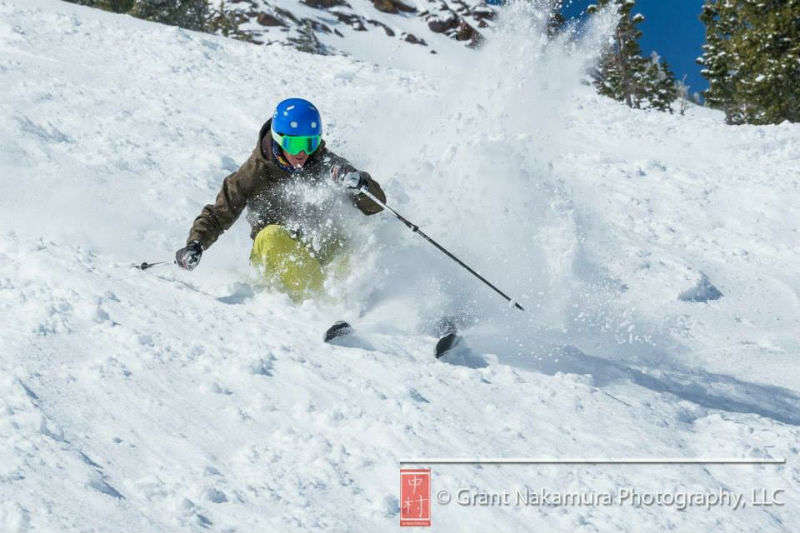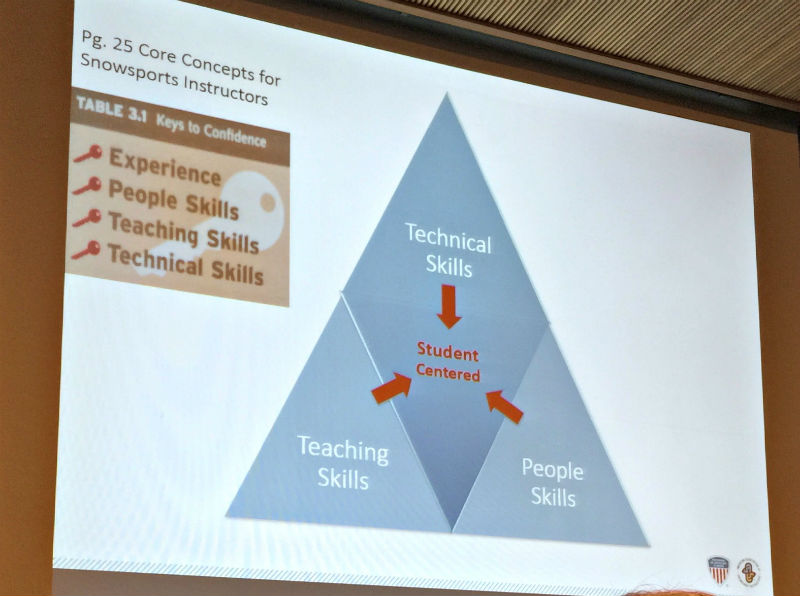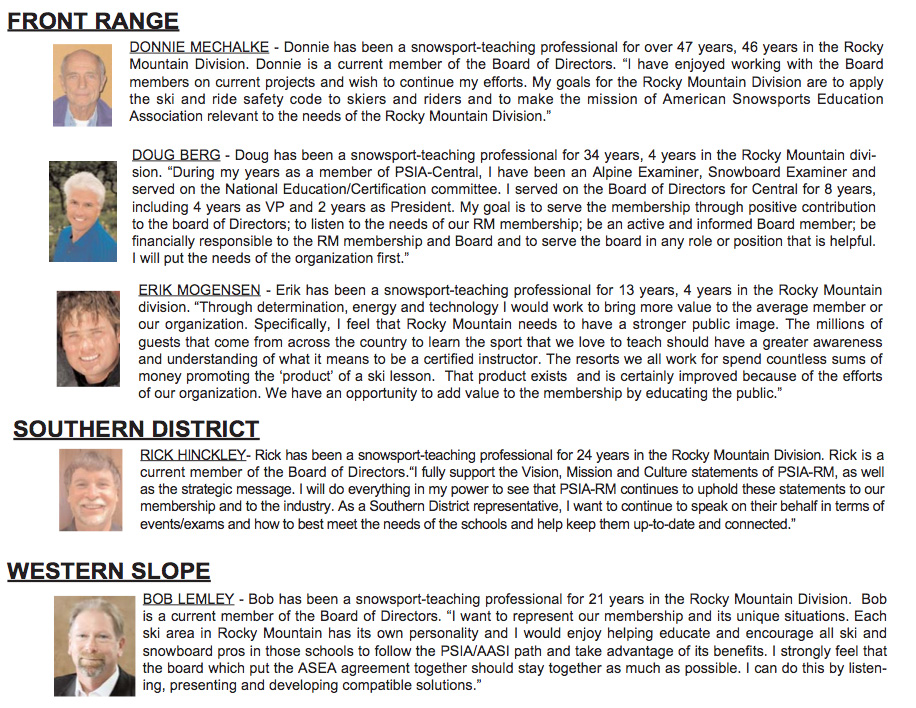Skating Efficiently – A Game of Inches (Centimeters, Actually)
A Special Technique N-Mail by Jim Sanders
I wonder if you had the chance to watch the 2015 Cross Country Skiing World Championships which took place in Falun, Sweden this winter. The difference between Gold and Silver, Silver and Bronze, or podium and no podium was so often just tenths of a second. Take the Men’s Skiathlon as an example. After 30 kilometers of skiing—15k Classic, a transition of equipment, then 15k Skate (just over 1 hour and 16 minutes!) — Russia’s Maxim Vlegzhanin out-sprinted and out-leg-extended Switzerland’s Super Dario Cologna to take Gold by four tenths of a second. Four tenths of a second? This is a difference of one out-stretched big toe! It was a game of centimeters.
Skating efficiently is a game of centimeters as well. In this case, I refer to where your hips are, fore and aft, in relation to your feet. When you are able to skate with your core/center of mass consistently over and just ahead of your base of support, you are able to ski farther and faster with less effort. Allow your hips to move aft of the “sweet spot,” even a centimeter or two, and your effort increases dramatically. The difference is that small. So how do we win the game of centimeters?
One way to win the game of weight-forward skiing is to focus on landing on a fully flexed ankle at the beginning of the glide phase. Instead of trying to move your body ahead of your new glide ski foot, you will be maintaining an effective fore/aft relationship between your hips and feet by keeping your new glide ski foot under your body as it lands with ankle flexed, your whole body moving down the track.
Let me describe this more clearly. As you complete a skate push-off, which moves your core and transfers your weight onto your new gliding ski, the gliding ski should land on the snow smoothly with your ankle fully flexed directly underneath you. You can check that your weight is centered and forward by feeling the bottom of the foot of the new gliding ski. You should feel you have landed on your whole foot, but with the most weight or pressure on the back of the ball of your foot. It’s important that the new gliding ski does not set straight down onto the snow. Instead, it should land smoothly moving forward on the snow, gliding in the direction the ski’s tip is pointing, down the track. A good visualization is to imagine your foot and ski are an airplane landing with a smooth touch-down, rolling down a runway. Remember, you are landing on a fully flexed ankle that is underneath your core, so the implication is that your core, new glide leg, and new glide ski are all moving as a unit down the track.
Here’s a simple progression to integrate this into your skating:
1) Stand in an athletic stance without skis on and balance on one leg, facing and about an arm’s length from a wall. Flex your ankle as much as you can by pushing your knee forward and closer to your toes. At the same time, open or extend your hip joint. This should keep your pelvis level and your weight centered over your foot. If you look down, you will see your knee, but not your toes. Wiggle your toes to reaffirm you are standing and centered on your whole foot. Now experiment. Remain balanced on your whole foot, but move your weight slightly forward and back by moving your level pelvis slightly fore and aft. See and feel how short a distance your hips travel to change the location of the pressure on the bottom of your foot. This is the game of centimeters. Now shift your weight forward so it’s centered over the back of the ball of your foot by slightly increasing the flexion in your ankle and the extension in your hip joint. Your pelvis should still be level and forward enough that you are balanced or just falling forward. This is the place. Feel this position, the flexion in your ankle, the increased pressure on the back of the ball of your foot. Remember it.
2) Go out on flat groomed snow and put on one ski. Stand in skating position (feet in a V), and push off of your non-ski leg to move your core laterally and slightly forward on to and over your ski. When you do this, land your foot and ski on the snow smoothly and quietly, sliding forward, with your body in the position you discovered in the static drill above. This would be with a fully flexed ankle directly underneath you, balancing on your whole foot, with your weight centered on the back of the ball of your foot. You should be gliding on the ski at this point. Don’t panic. Repeat many times, than switch the ski to the other leg and repeat even more. You might call this a skating version of a scooter drill.
3) Put on both skis and skate without poles on flat groomed terrain. Duplicate the feelings, position, and movements you have developed in the first two steps. Make sure to land your gliding ski on the snow smoothly and quietly, your ankle fully flexed, foot underneath you with weight forward. Try skating a few small hills, always initiating the glide phase with your ankle flexed and underneath you.
4) Now integrate this move/position at the initiation of your glide phase first in V2, then V1. Keep practicing at low intensity, focusing on accuracy. Beware of feeling your skis “chop” into hills as you ski them. This indicates you have started bending your knees more than your ankles, and your core is now no longer ahead of your base of support. Your gliding ski should land quietly, sliding forward and underneath you, your ankle fully flexed as the glide phase begins, even as you take on steeper hills.
I hope these ideas make sense and are helpful to you. Even though we travel long distances, gliding over the snow joyfully for miles and kilometers, through beautiful forests, mountains, and valleys, Cross Country skiing can truly be a game of centimeters. Get out there and keep winning the game by keeping your core forward!






